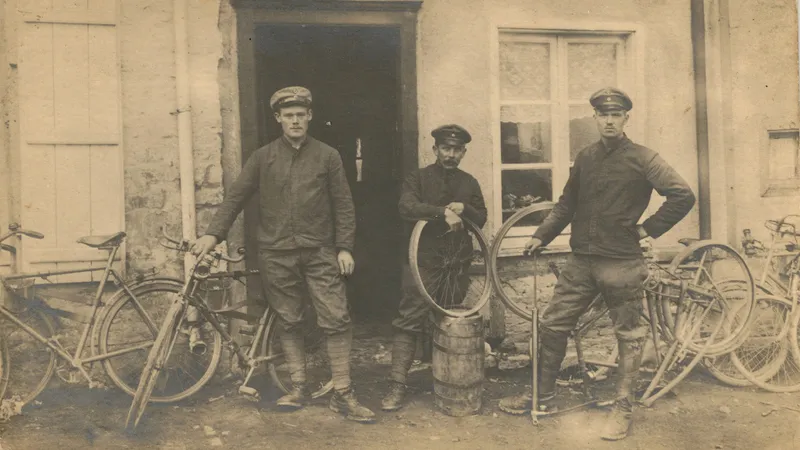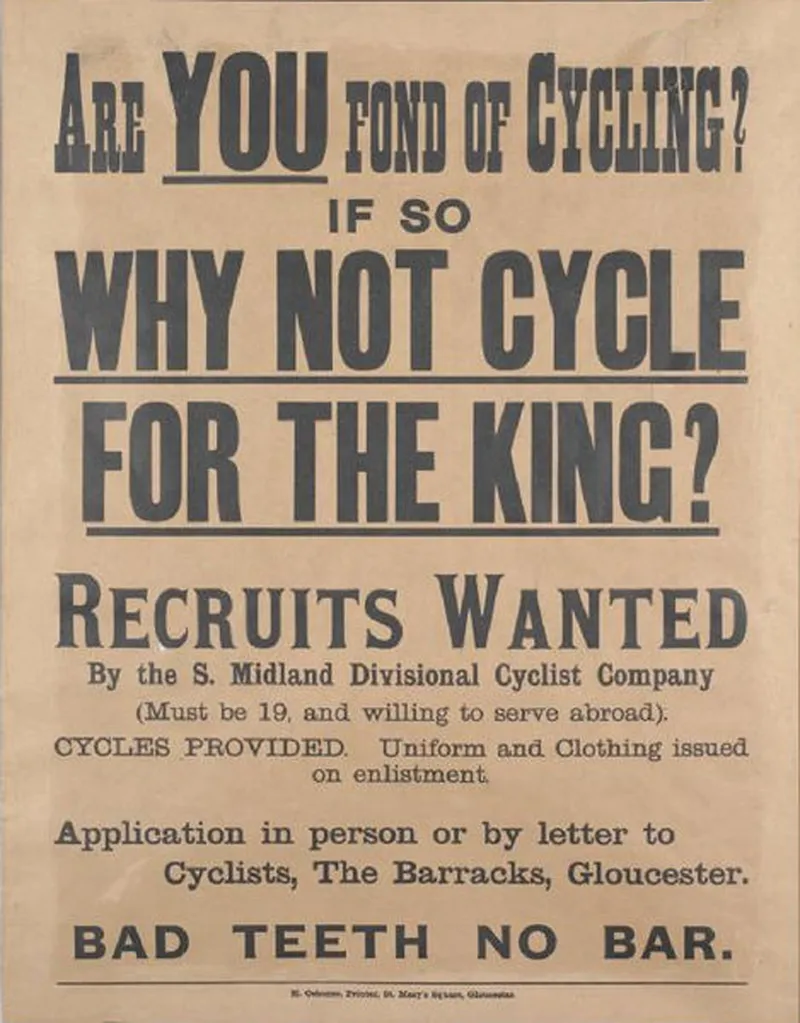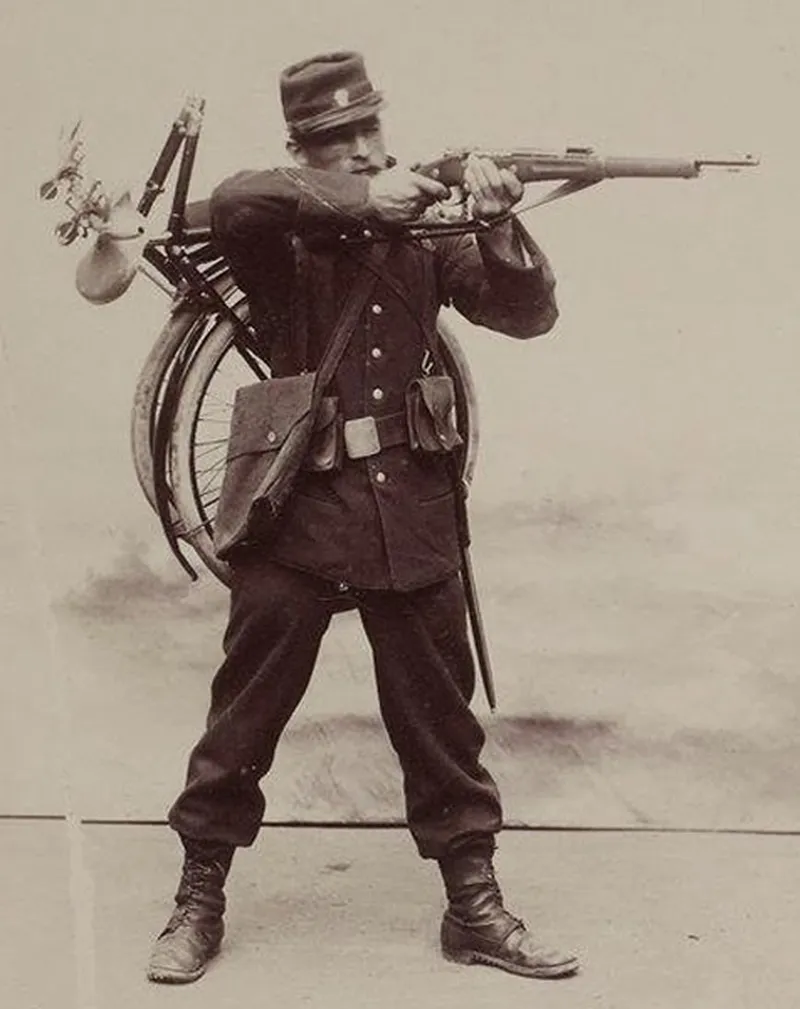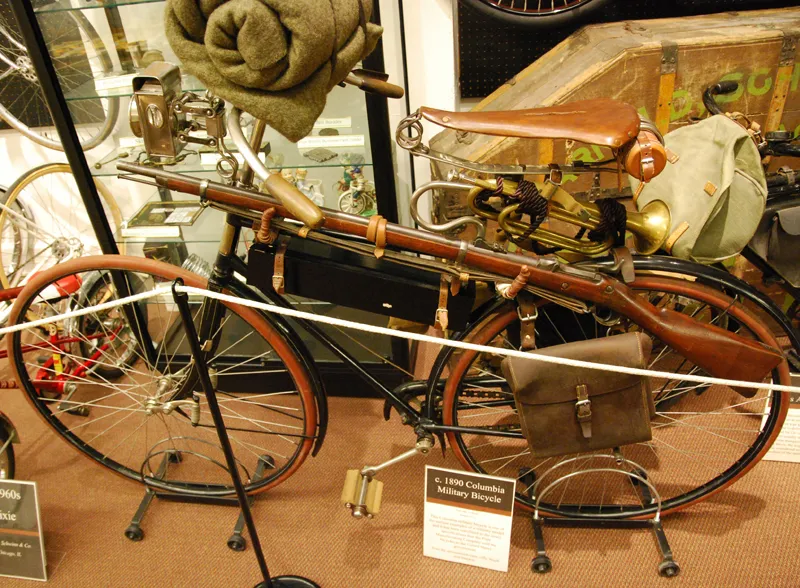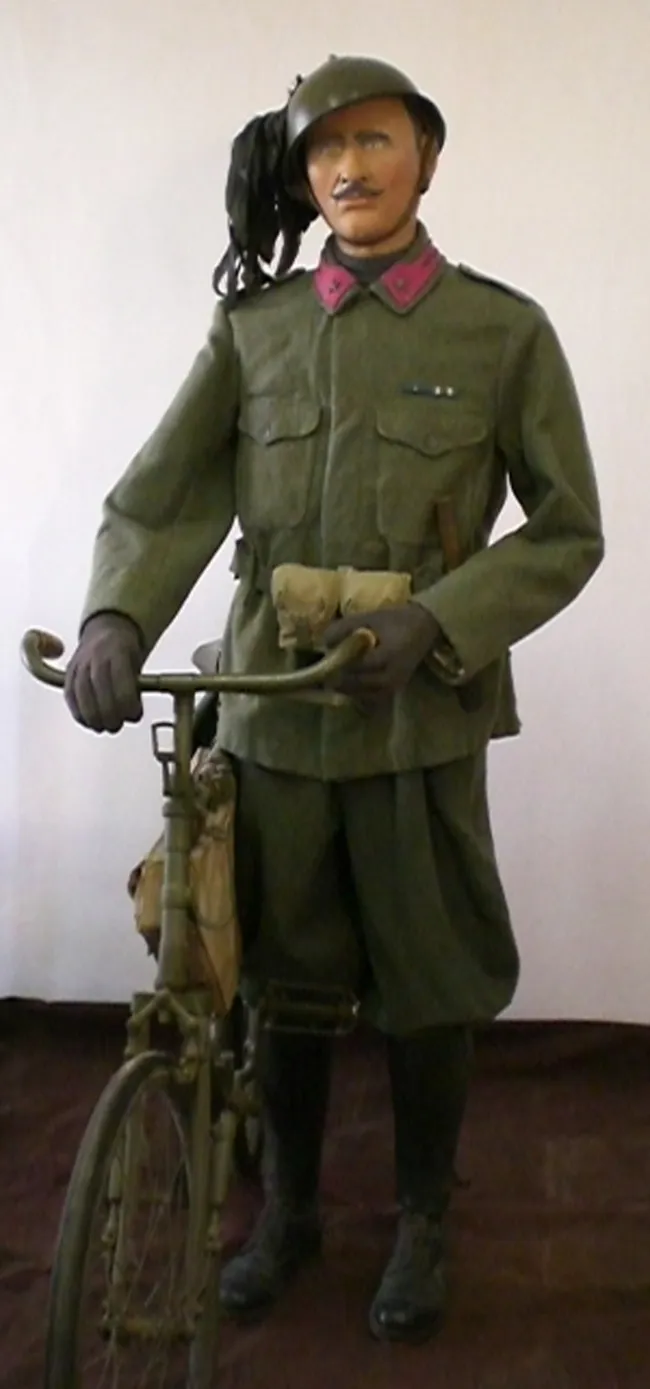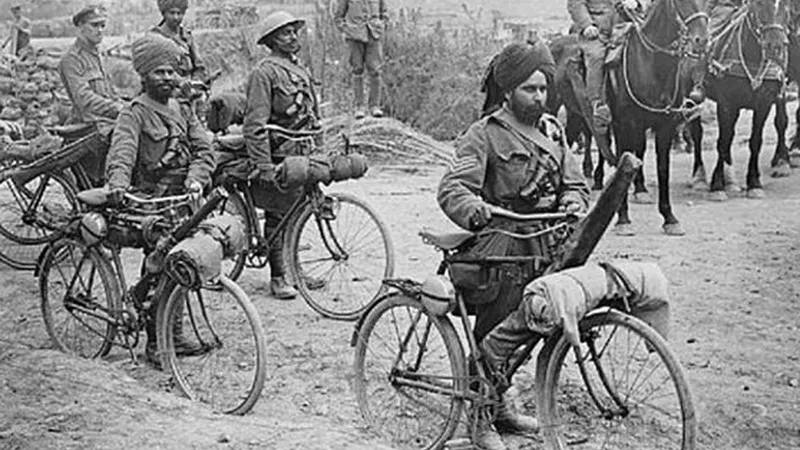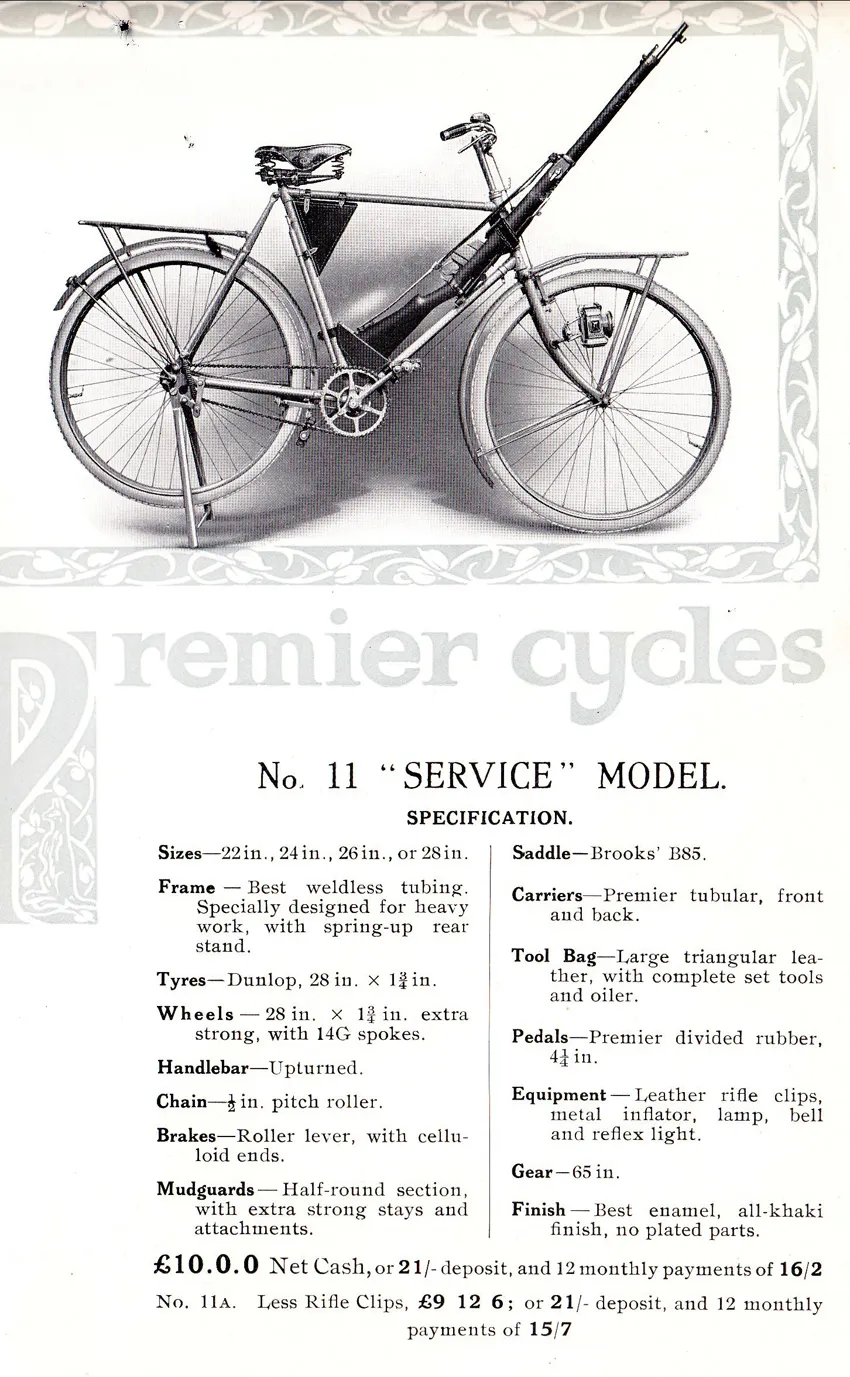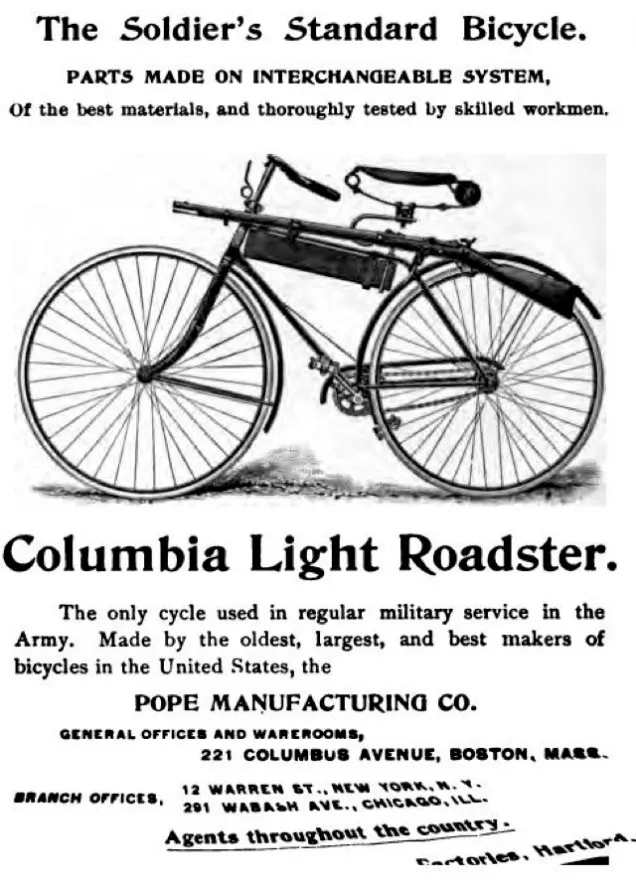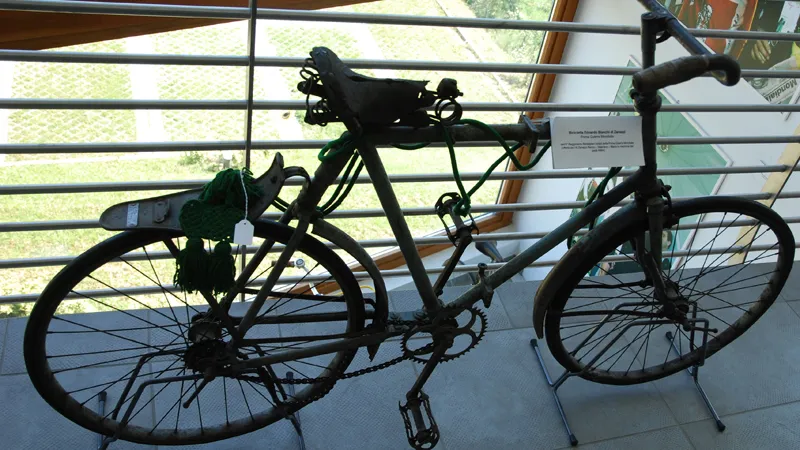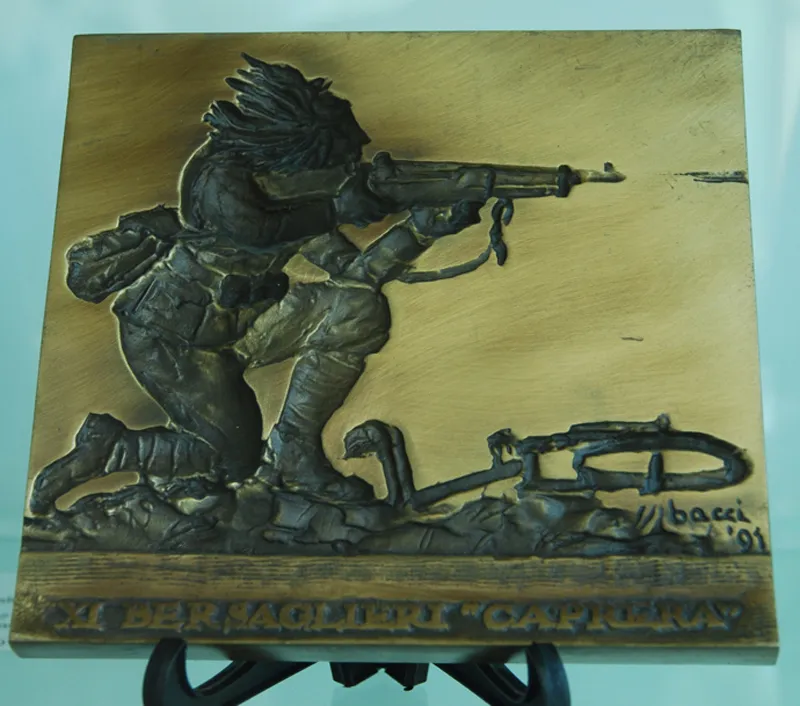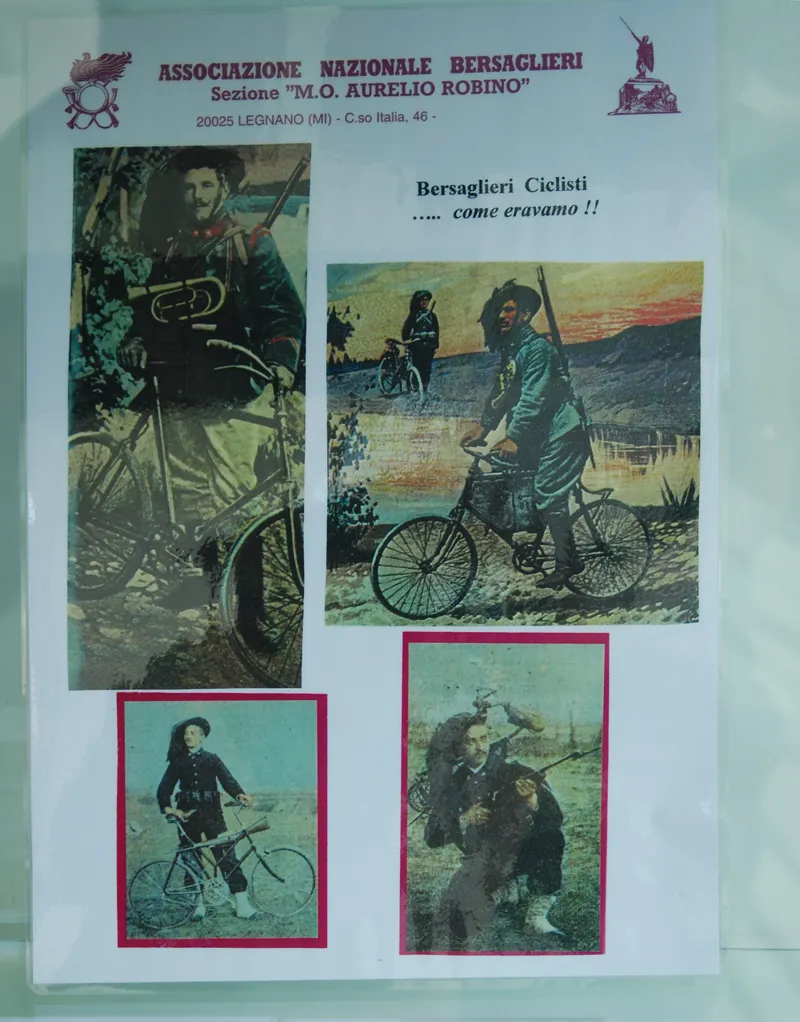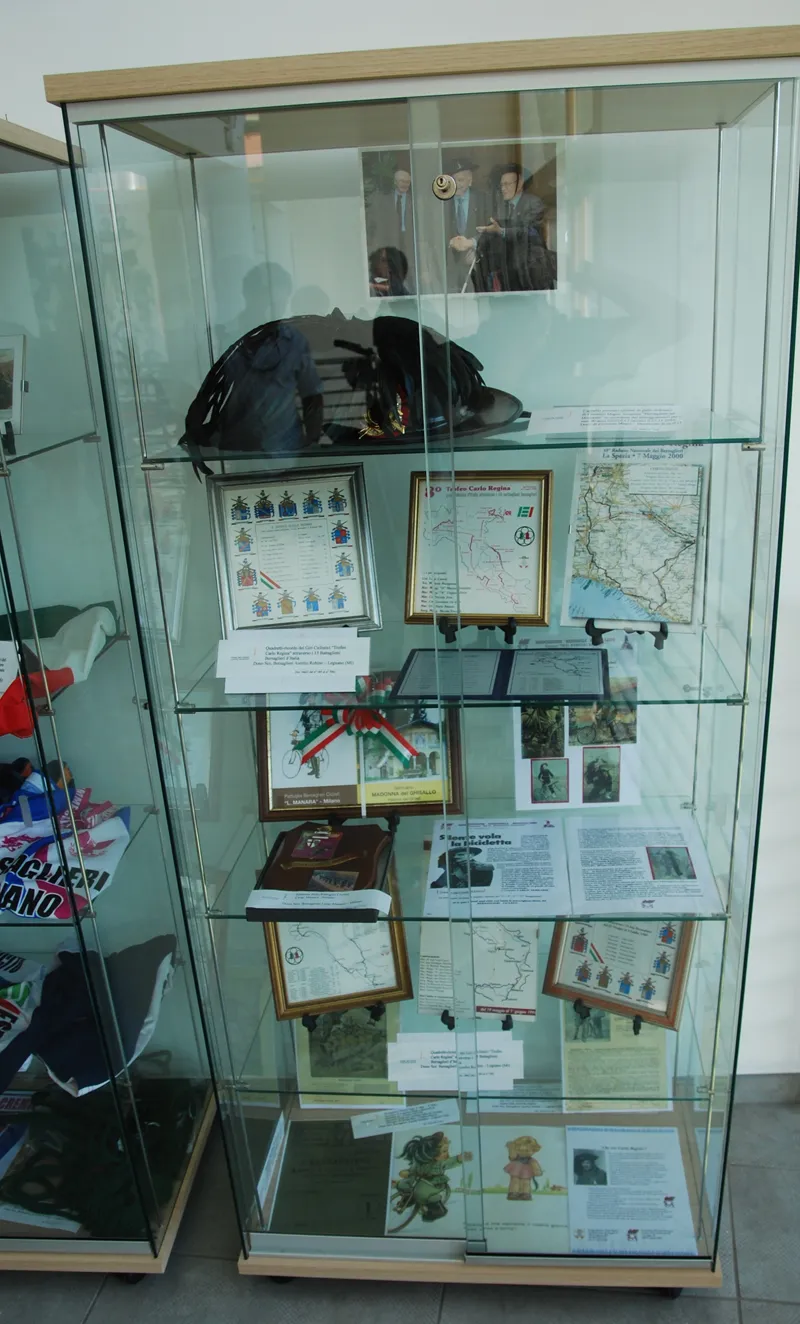On the late morning of 28 June, 1914, the 12th Tour de France began in Paris. The riders likely would not have known that 1,836km away, in the Bosnian city of Sarajevo, the heir of the Austrian Empire has just been assassinated, precipitating the start of World War 1. The race, like much of life in Europe on that warm summer morning, went on.
Throughout the Tour the riders were probably also unaware that events in the capitals of Europe would soon drag the continent, and eventually much of the world, into the most terrible war it had known to date. The race would conclude in Paris on 6 July. Less than a month later, Germany invaded Belgium and declared war on France. It was to be the last Tour de France for five years.
Millions would die in the horrible trenches of what was known to contemporaries as The Great War, and among the casualties were 15 cyclists who competed in the 1914 Tour de France. Moreover, three men who had previously won the yellow jersey – Lucien Petit-Breton, François Faber and Octave Lapize – would not return home from the trenches.
Britain's first casualty of the war was a teenage reconnaissance cyclist John Parr, who was killed on 21 August, 1914, just days after the British Expeditionary Force arrived in France.
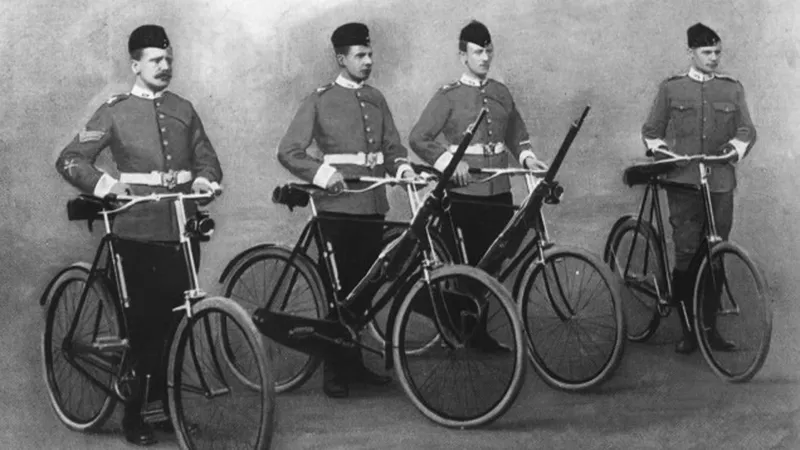
Bicycles in war
While the First World War is today remembered for the horrific trench fighting along the Western Front, in its opening stages the various combatant armies looked towards mobility and this included the bicycle – which was used throughout the war by scouts and messengers.
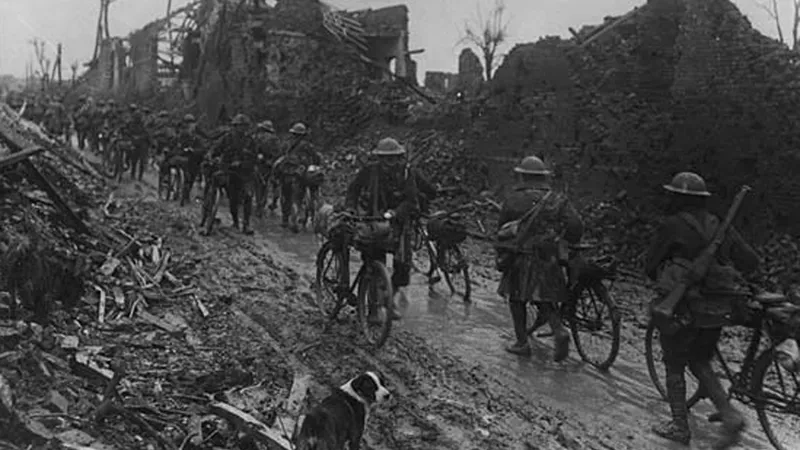
The origins of the bicycle in warfare actually dated back some 40 years to the Franco-Prussian War (1870-71), when the French were the first to field troops on high-wheel bicycles. The British experimented with the bicycle’s use in the military during the Anglo-Boer War (1899-1902) in South Africa.
During the First World War, the Belgians, Germans, British and French all employed the bicycle to varying degrees of success. The Italians, not surprisingly, were among those who most employed the bicycle. It was used by the elite light infantry Bersaglieri regiments, who were known for their mobile tactics and flashy headdresses.

Although the bicycle didn't turn the tide for either side, it was used again a generation later in the Second World War – notably by British and American paratroopers who found the bike to offer advantages for reconnaissance, as well as by the Japanese, who even dealt with rubber shortages and resorted to riding on the rims without tyres on rough jungle trails.
For the 2014 edition of the Tour de France, it was impossible to escape the reminders of the horrible war that cost millions of lives. The organisers opted for a route that hugged the line that was the Western Front, and the cyclists rode past battle sites and through towns that have become almost synonymous with the war – including Ypres, Reims and Arras.
Today the centuries of French–German enmity are now happily in the past – and apart from a brief exchange of words between Germany's Andre Greipel and France's Sylvain Chavanel following a crash in stage 12 – the Tour de France continued with the spectre of war as only a sad reminder of how the bicycle played a role in the horrors of the conflict.
